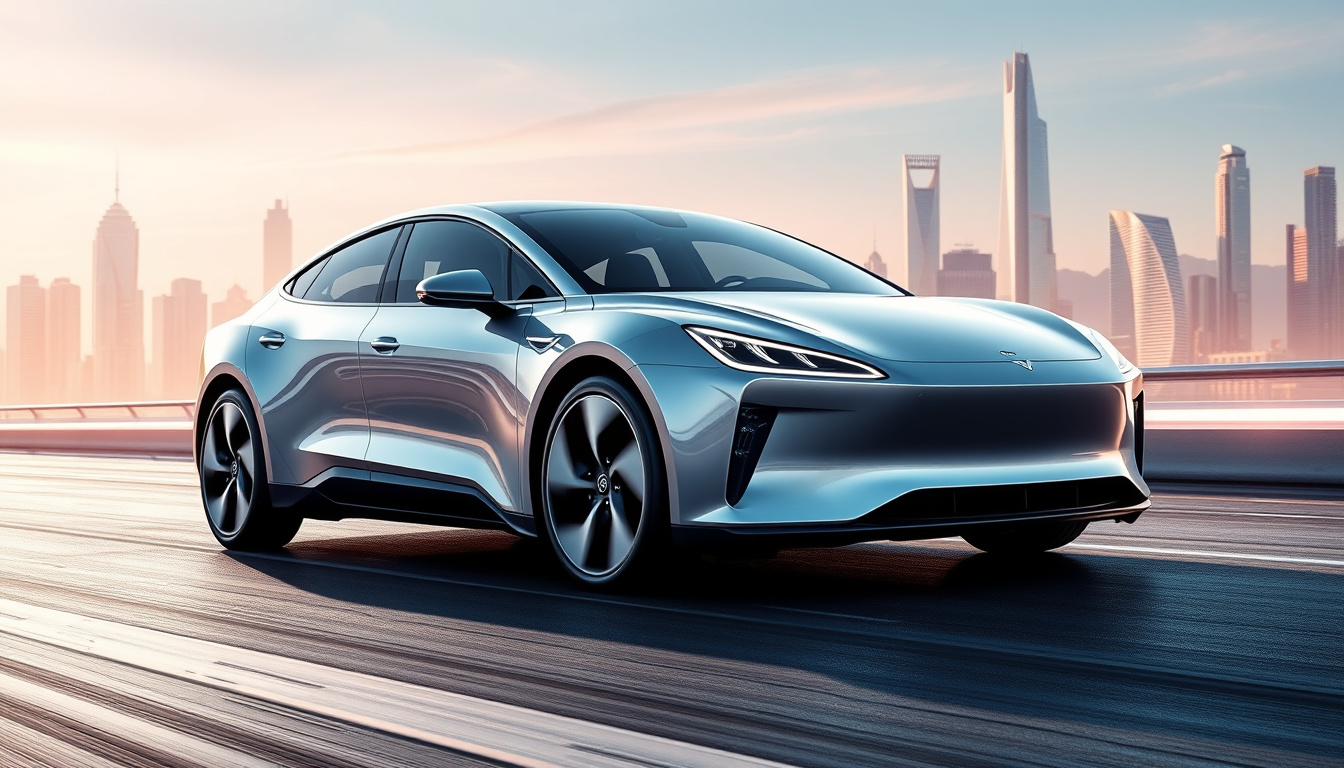Unleashing the Future: How the 2012 Tesla Model S Changed the Electric Car Industry
Tesla began the Model S in 2012. It gave a high-end electric car that shifted views on cars. Its smooth look, quick speed, and smart parts made a stir. This buzz drew electric cars into common use. Even after ten years, the Model S sets the mark. It changed car rules and what buyers expect.
The Initial Impact: Breaking the Mold
Before 2012, many saw electric cars as having short drives, weak speed, and less charm than gas cars. The Model S did not follow this view. It ran 265 miles on a single charge—rare for that time. This range made the car work for daily trips and eased fears of battery drain.
The car has a battery pack of over 7,000 cells. It did more than drive an electric engine. It raced with a 416-hp motor that moved it from 0 to 60 mph in 4.6 seconds. That speed matched many high-end gas cars.

Design and Technology: A New Staple in Luxury
Inside, the Model S held a neat design. It used a large 17-inch screen for most controls and data. This style removed a cluster of small buttons and broke old ways by other makers. The car seated five with a choice for extra space at the rear.
Tesla kept its work on smart parts even after sale. They sent air updates so older cars could add new functions. Old cars kept their worth and grew with time. This plan built trust in the brand as things moved forward.
Changing the Perception of Electric Vehicles
When the Model S arrived, it also shifted views about electric cars. The model made electric vehicles seem stylish and new. Owning a Tesla showed care for tech and clean energy. Unlike other high-end cars that lost value fast, the Model S kept a strong resale price. Buyers saw the car as a sound choice.
Other makers such as Audi and BMW could not match this trend. A 2012 Model S, bought for about $57,400, later kept a resale near $21,900. Gas cars did not do this well. This fact set Tesla apart. The car was more than a machine; it was a sign of the coming time.
Long-term Influence: Setting Industry Standards
The car changed the field of car work. Its success led others to make their own electric models. Big names like Ford, GM, and Volkswagen began plans for new electric cars. This change was not just new parts—it was a view that mixed clean power, smart work, and high quality.
Tesla then added more models and features that pushed things ahead. With every update, Tesla built its mark in car minds. The brand proved that electric cars can be safe, strong, high-class, and quick.
Conclusion
In 2012, the Tesla Model S was more than a new electric car; it changed how makers and buyers saw clean travel. By easing fears about range and speed and by using smart parts and neat looks, the car set a new mark on wheels.
Looking back, the Model S still makes a strong mark. It brought in a time when clean travel is a true choice. It made both buyers and makers change their view on cars. The car proved that tomorrow’s drive can be smart, fun, and clean.
———————————————————
Voltsandvolts.com is a blog dedicated to electric vehicles (EVs). Our blog features articles on EV reviews, stories, tips, tricks, charging infrastructure, and battery technology. Join the conversation and become part of the Voltsandvolts.com community today!
